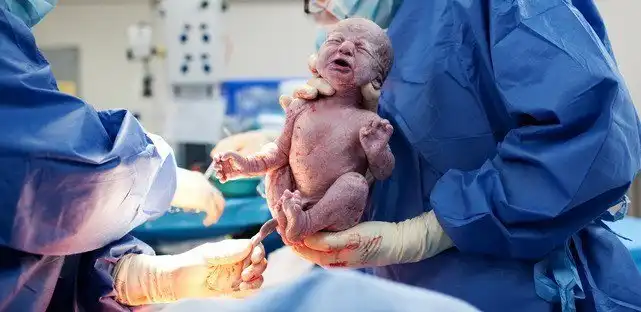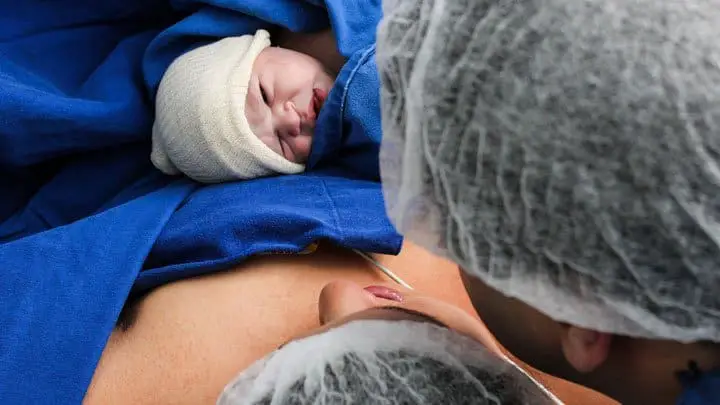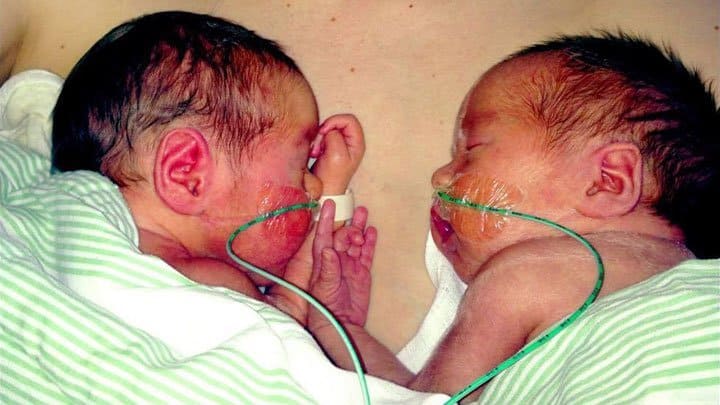Study Looks at Vaginal Delivery and Risks for Second Twin
A group of researchers from Italy have looked into hypoxia and vaginal delivery of twins. Hypoxia is a condition in which the supply of oxygen is insufficient, and the baby does not get the required amount of oxygen. The study was published in April 2018 in The Journal of Maternal-Fetal & Neonatal Medicine. The researchers wanted to assess potential risks correlated to the development of hypoxia in the second twin after vaginal delivery of the first twin. 275 dichorionic-diamniotic (di-di) twins were included in the study. Di-di twins have separate sacs and placentas. All fraternal twins are di-di twins. About one third of identical twins are di-di twins. All twins included in the study were delivered at 35 weeks or more.
Abnormal cardiotocography is a big risk factor
The participants were divided into two groups. One group contained all second twins who had developed hypoxia, and the other group contained the second twins who hadn’t. In total 3.6 percent of second twins developed hypoxia. The researchers found that abnormal cardiotocography during the inter-twin delivery interval was significantly correlated to second twin hypoxia. The inter-twin delivery interval is the time between the delivery of the first and second twin. Cardiotocography is used during pregnancy and birth to monitor the fetal heart and contractions of the uterus.
Breech presentation is not a risk factor
Breech presentation of the second twin did not show to be a risk factor for hypoxia. Breech presentation is when a baby lies with his or her buttocks or feet closest to the cervix. None of the second twins developing neonatal hypoxia were reported to have any disorder or disease of the brain as a result. The researchers concluded that only abnormal cardiotocography was an independent risk factor for second twin hypoxia. Inter-twin delivery interval was not correlated to hypoxia.













